Best Seasons for Foundation Repairs
Foundation repairs are most effectively performed during specific seasons when weather conditions favor construction activities. The optimal time depends on climate patterns, soil conditions, and the type of repair required. In regions like Wisconsin, late spring through early fall typically offers the best conditions for foundation work.
Spring offers moderate temperatures and longer daylight hours, making it suitable for foundation repairs. However, soil moisture levels can vary, potentially affecting certain repair methods.
Summer provides warm, dry weather conducive to most foundation repair activities. It reduces delays caused by rain or cold temperatures.
Early autumn can be ideal before temperatures drop significantly. Soil conditions are usually stable, and weather is generally favorable.
Winter is generally less suitable due to freezing temperatures, snow, and frozen ground, which can hinder excavation and other repair processes.

Springtime offers optimal conditions for foundation stabilization and repair work.
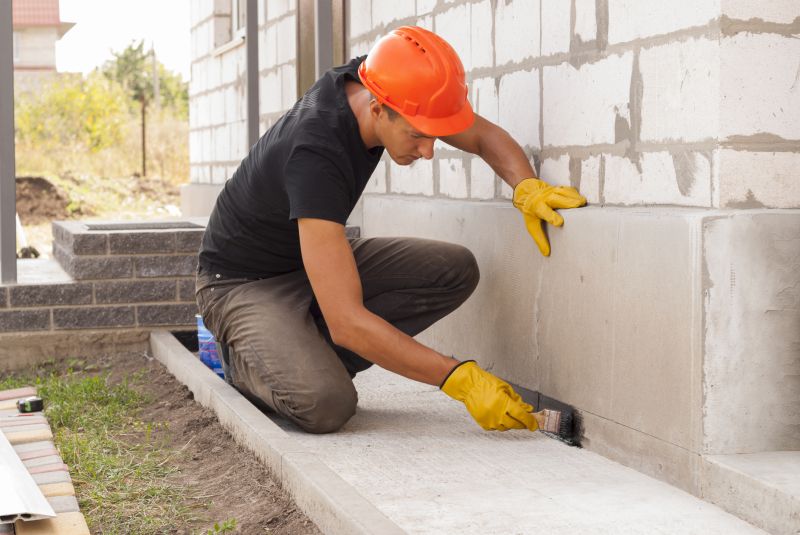
Warm, dry weather minimizes delays and supports efficient repair processes.

Early fall provides stable soil and weather conditions for effective repairs.

Ways to make Foundation Repairs work in tight or awkward layouts.
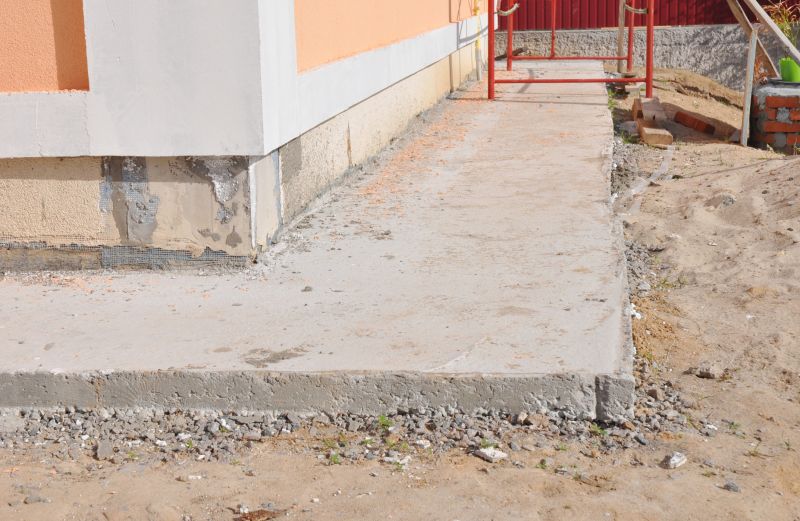
Popular materials for Foundation Repairs and why they hold up over time.

Simple add-ons that improve Foundation Repairs without blowing the budget.
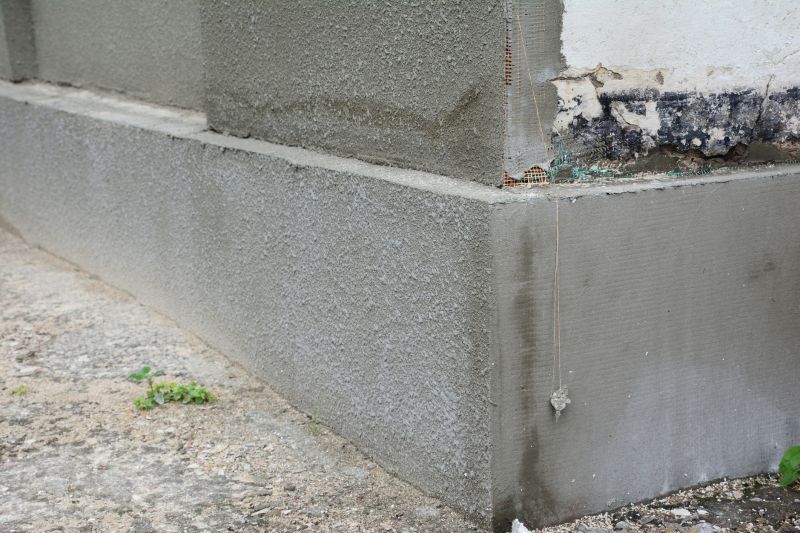
High-end options that actually feel worth it for Foundation Repairs.
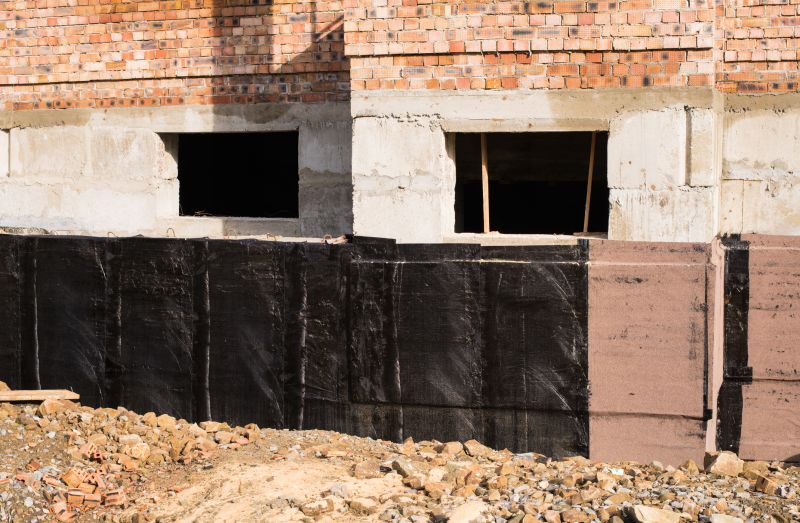
Finishes and colors that play nicely with Foundation Repairs.
| Season | Ideal Conditions |
|---|---|
| Spring | Moderate temperatures, longer days, variable soil moisture |
| Summer | Warm, dry weather, minimal rain delays |
| Autumn | Stable soil, cooler temperatures, before winter |
| Winter | Freezing temperatures, snow, frozen ground |
Foundation repairs are critical for maintaining structural integrity and preventing further damage. Soil movement due to moisture levels and temperature fluctuations can cause shifts and cracks in foundations. Proper timing ensures repairs are durable and effective, reducing the risk of future issues. Regular inspection and timely intervention can mitigate costly damage and extend the lifespan of a property’s foundation.
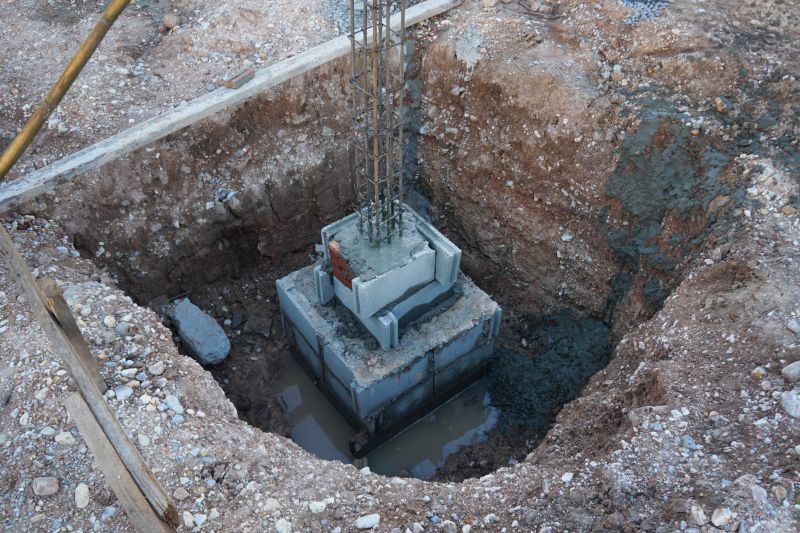
Excavation, stabilization, and reinforcement are key steps in foundation repair.
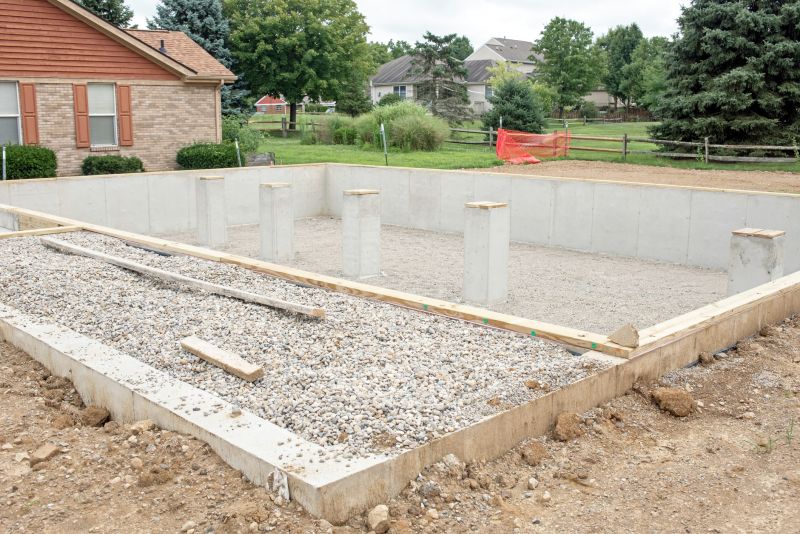
Methods like underpinning and piering improve foundation support.
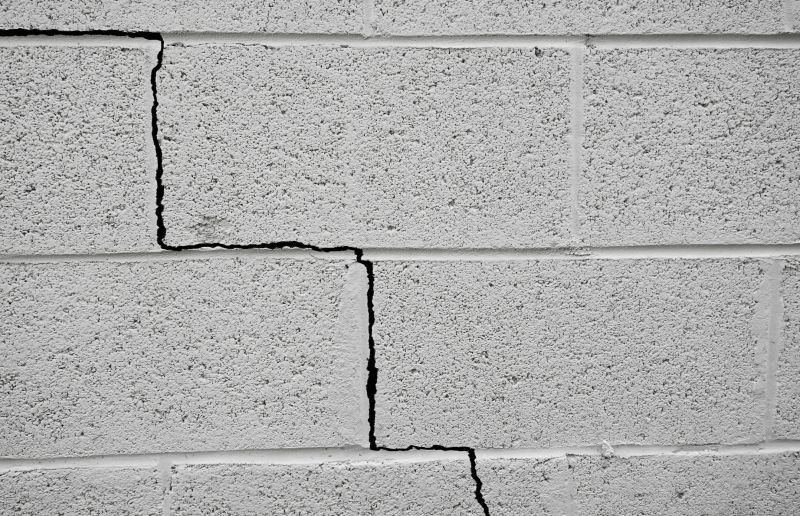
Cracks, settling, and bowing walls are typical problems addressed during repairs.

Little measurements that prevent headaches on Foundation Repairs day.
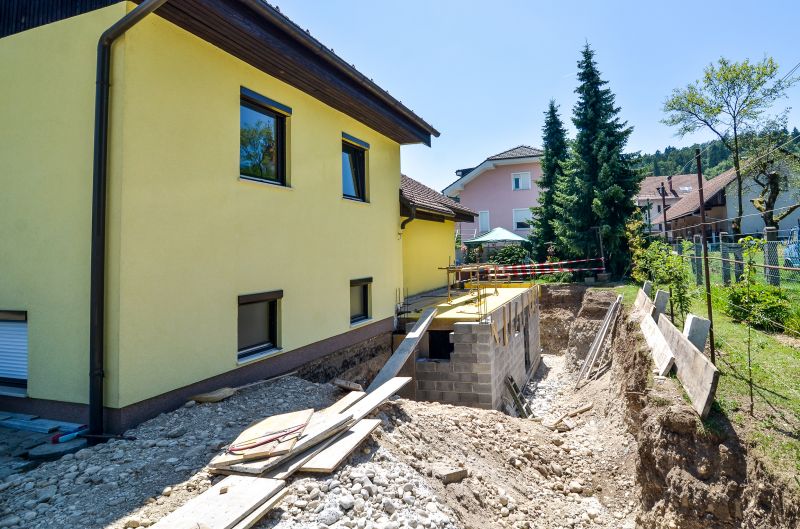
A 60-second routine that keeps Foundation Repairs looking new.

A frequent mistake in Foundation Repairs and how to dodge it.
Timely foundation repairs can prevent further structural damage and costly renovations. Understanding seasonal influences helps homeowners and property managers plan effectively for maintenance and repairs, ensuring the stability and safety of the building over time.

Specialized tools and machinery facilitate efficient work.
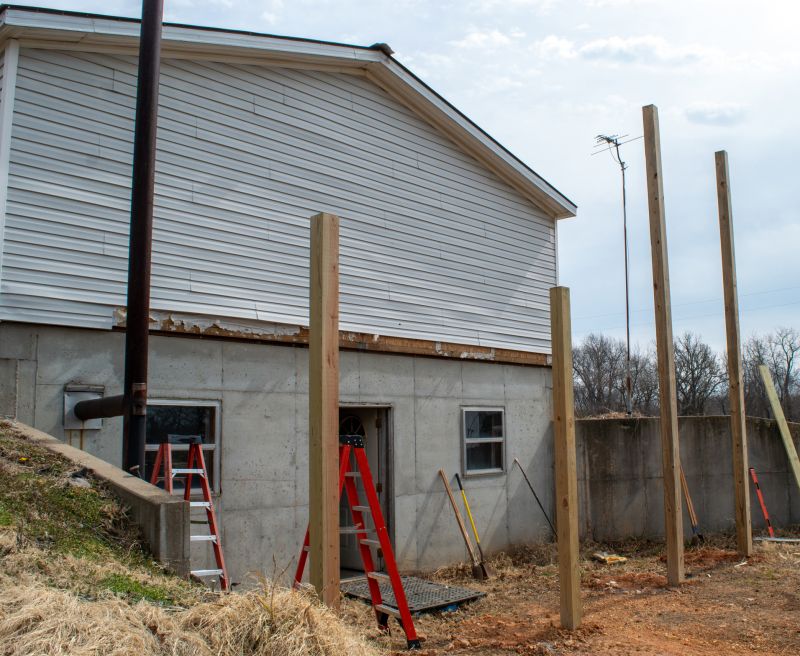
Visual evidence of successful foundation stabilization.

Assessing soil conditions to determine repair strategies.

Methods to seal and reinforce cracks effectively.

Small tweaks to make Foundation Repairs safer and easier to use.
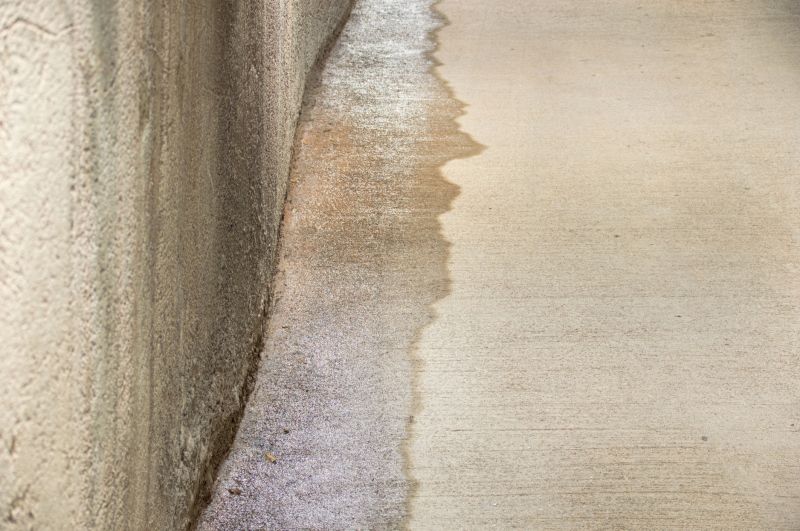
Lower-waste or water-saving choices for Foundation Repairs.

The short, realistic tool list for quality Foundation Repairs.
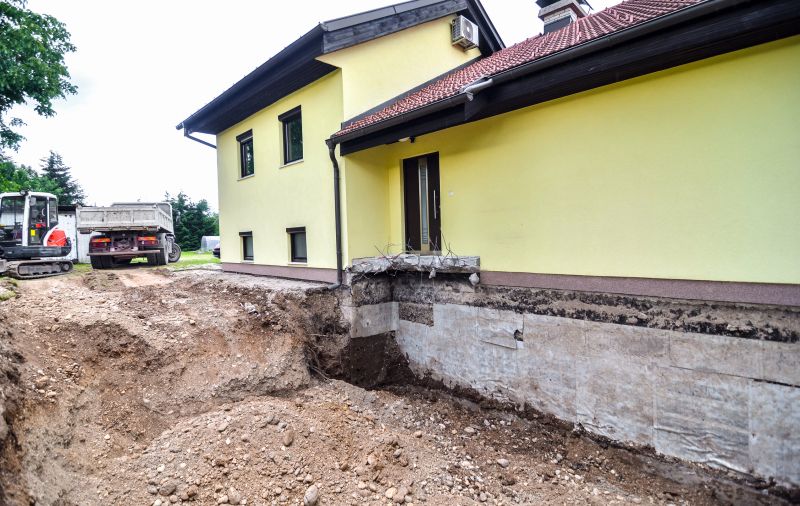
Rough timing from prep to clean-up for Foundation Repairs.
Interested property owners in Holmen, WI, are encouraged to contact for further information about foundation repair options and scheduling. Proper timing and professional assessment are essential for ensuring the longevity and safety of a property’s foundation.

